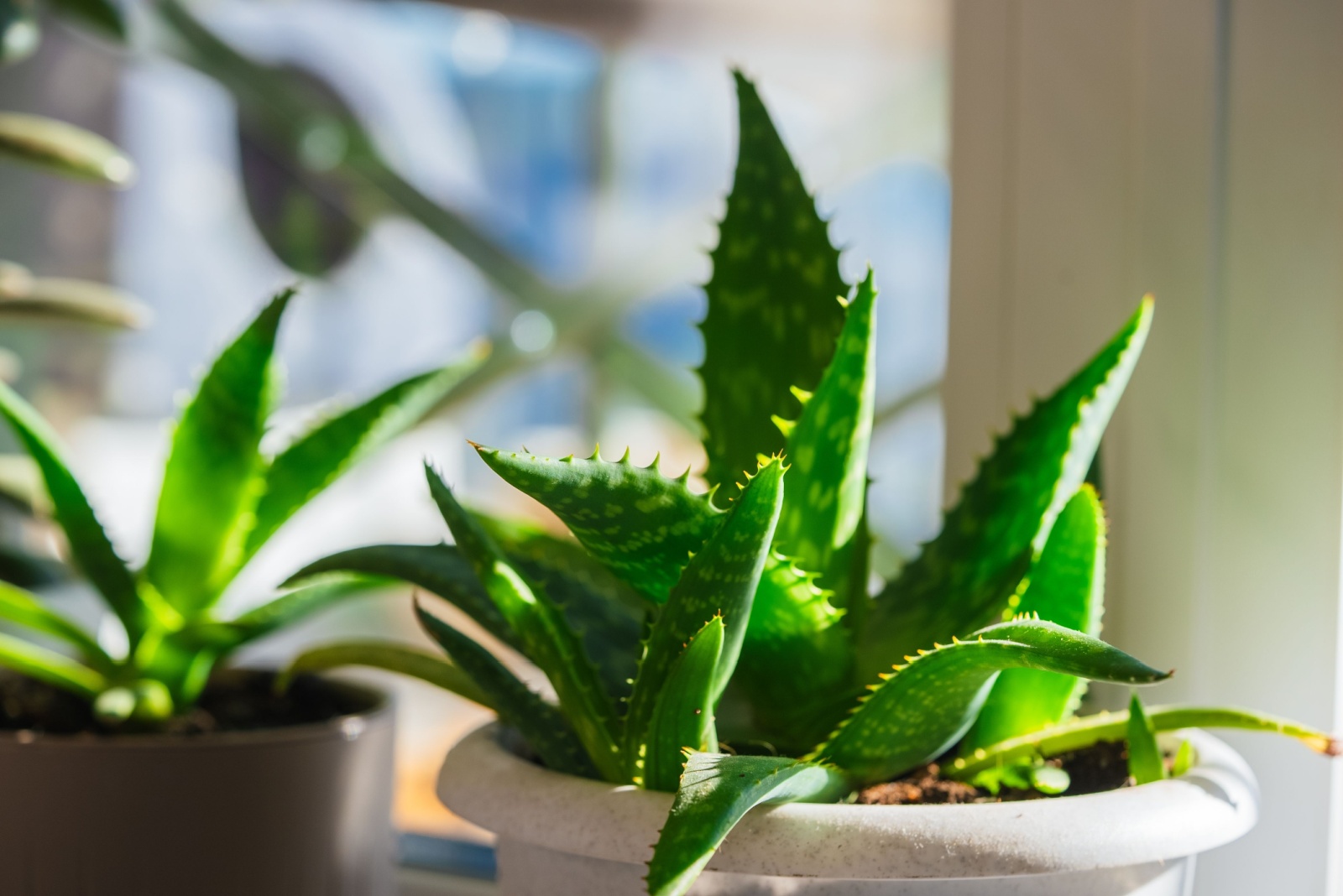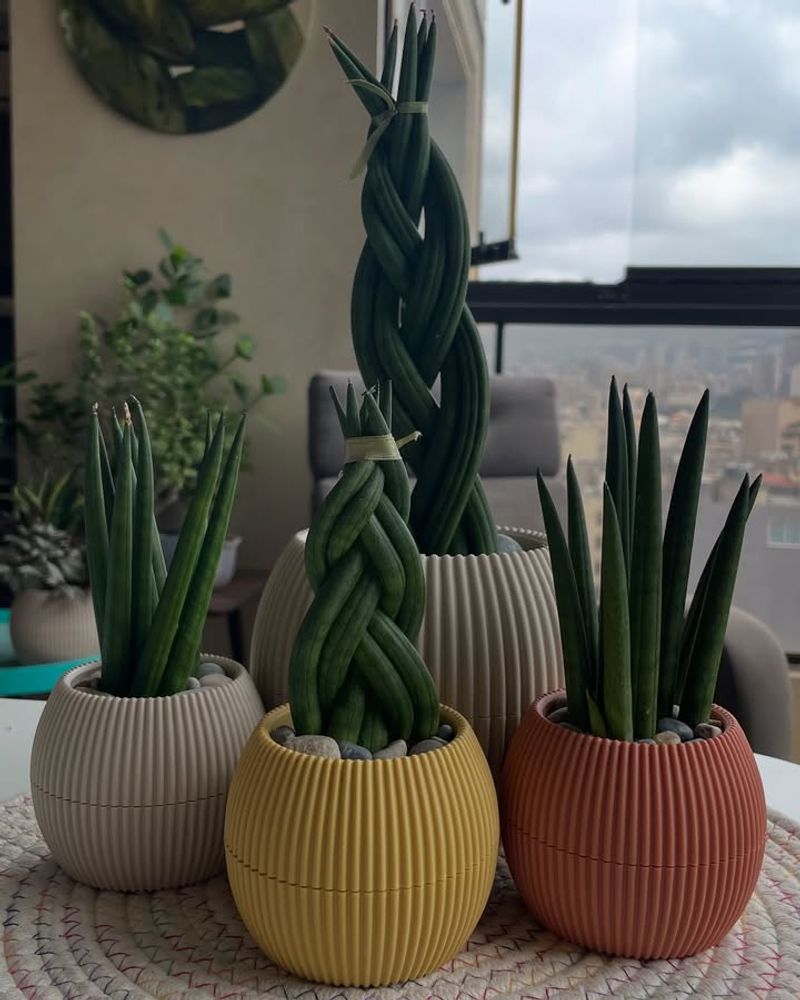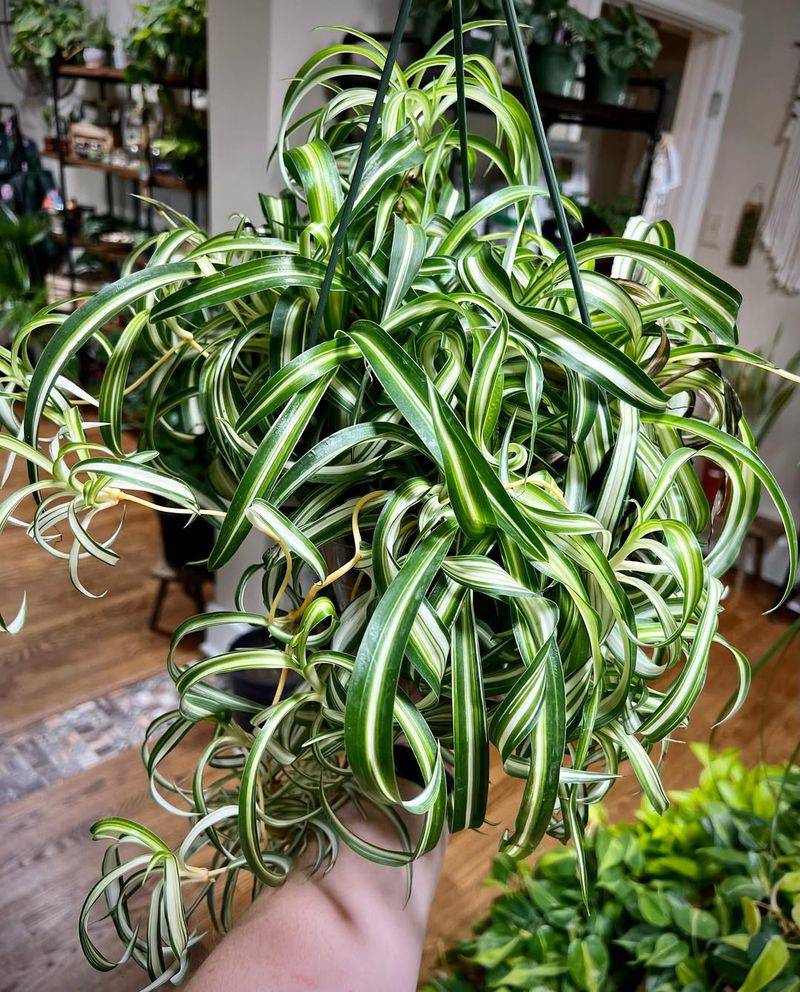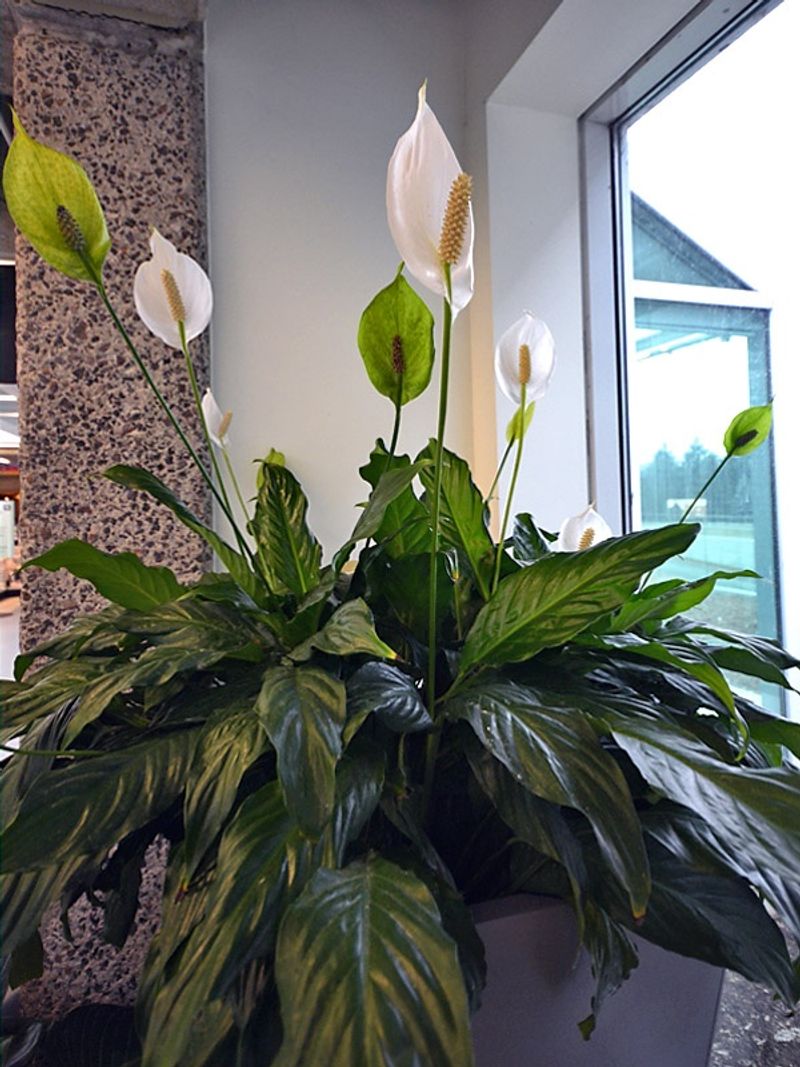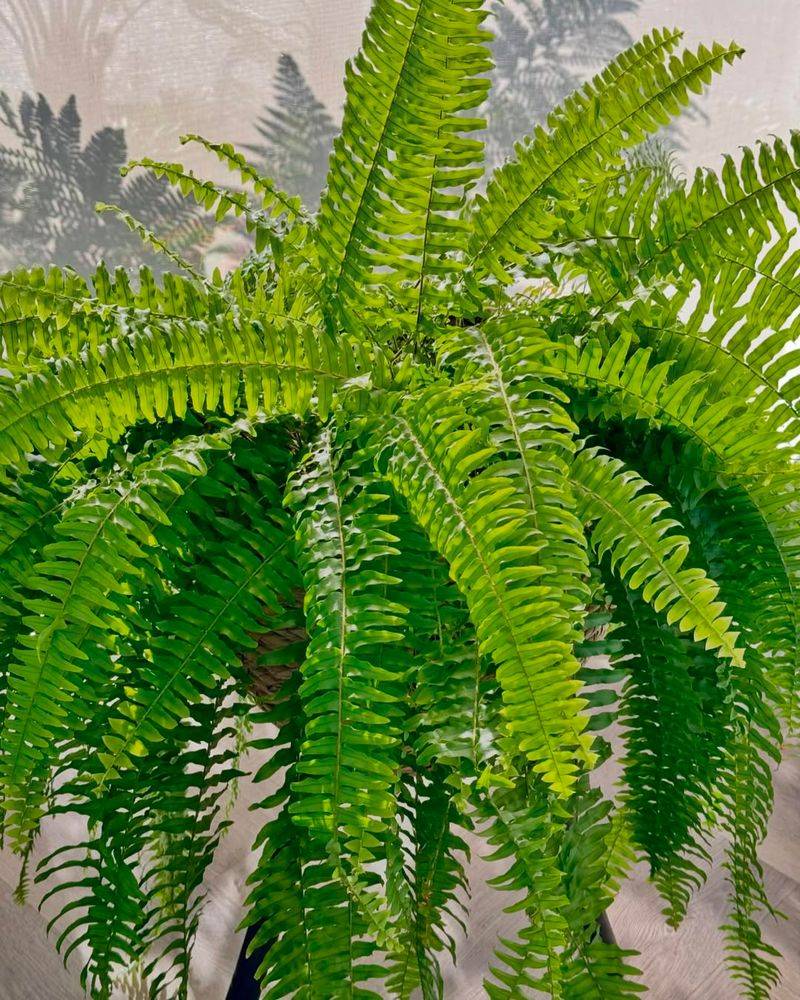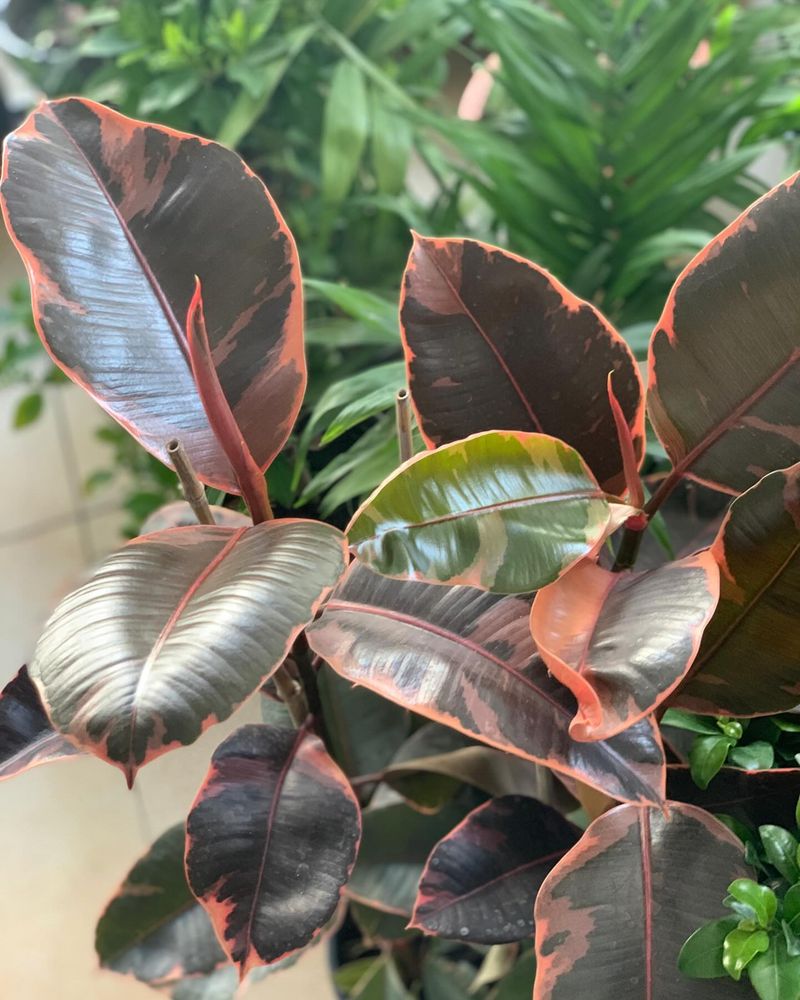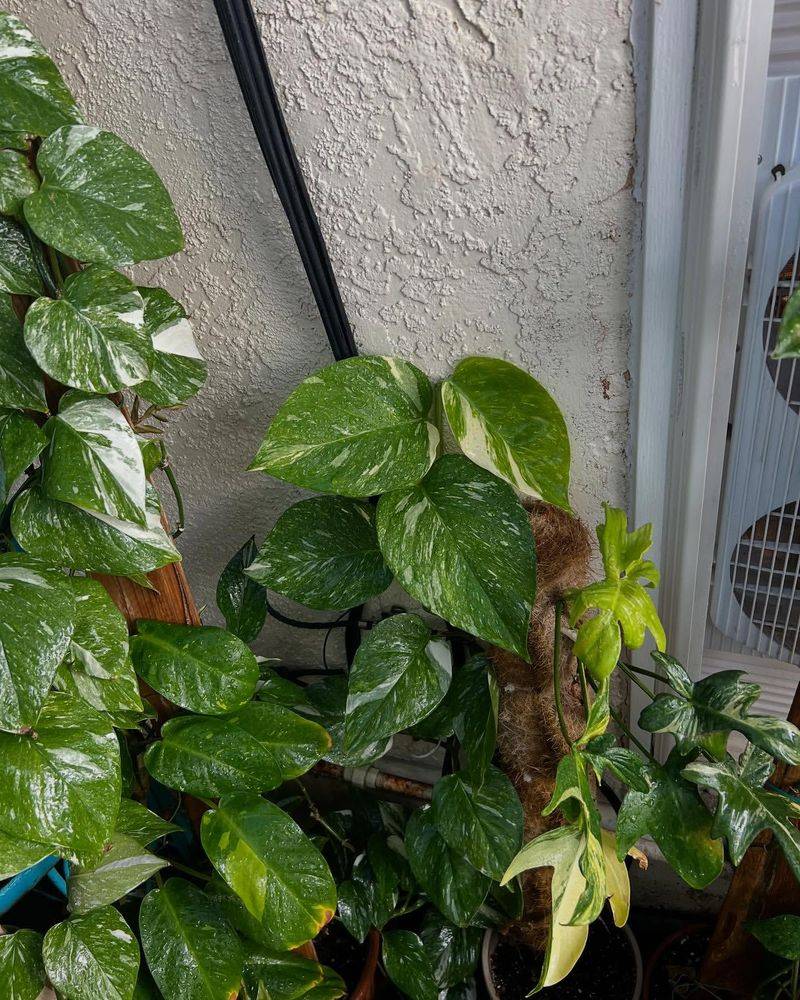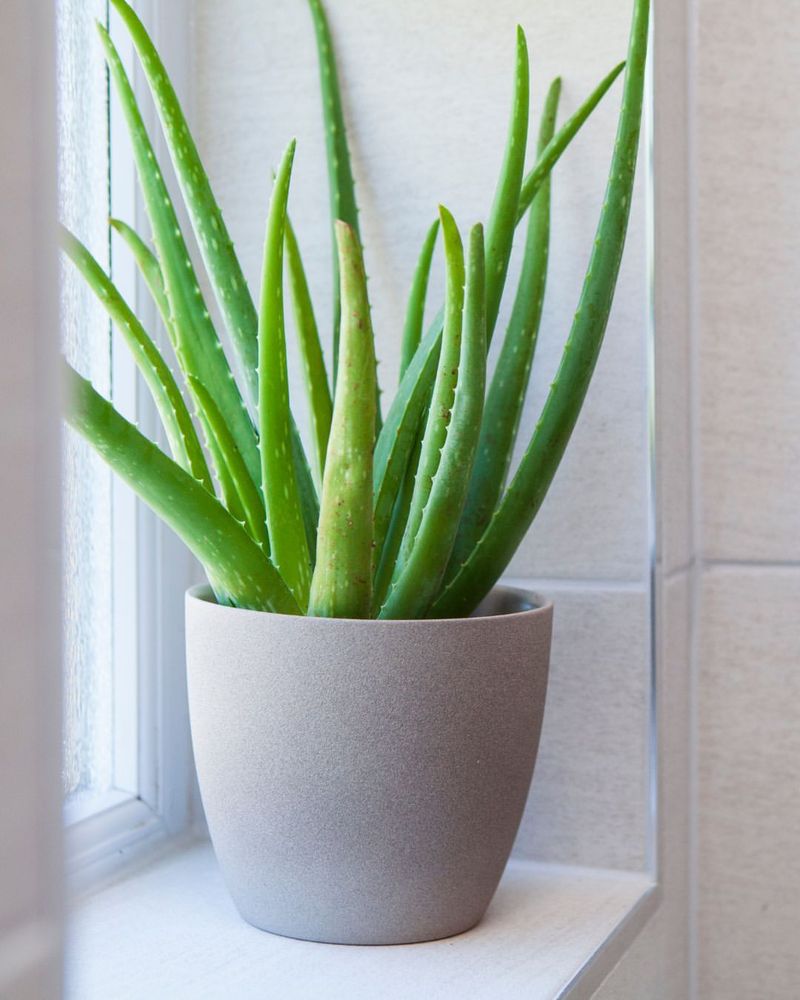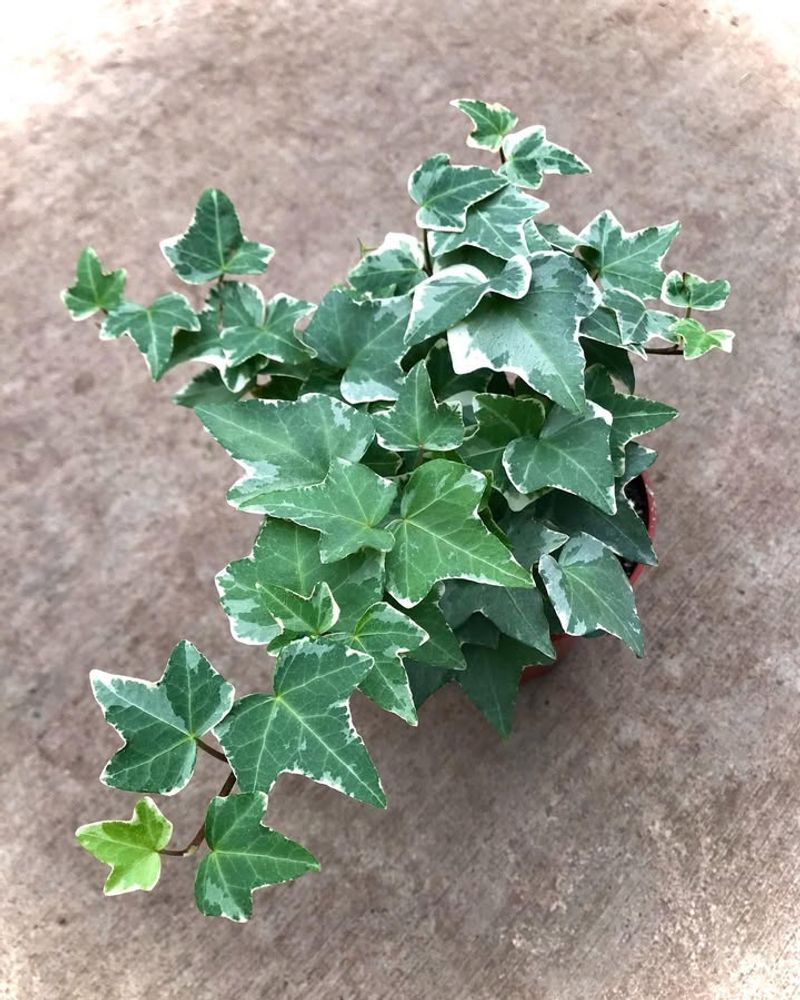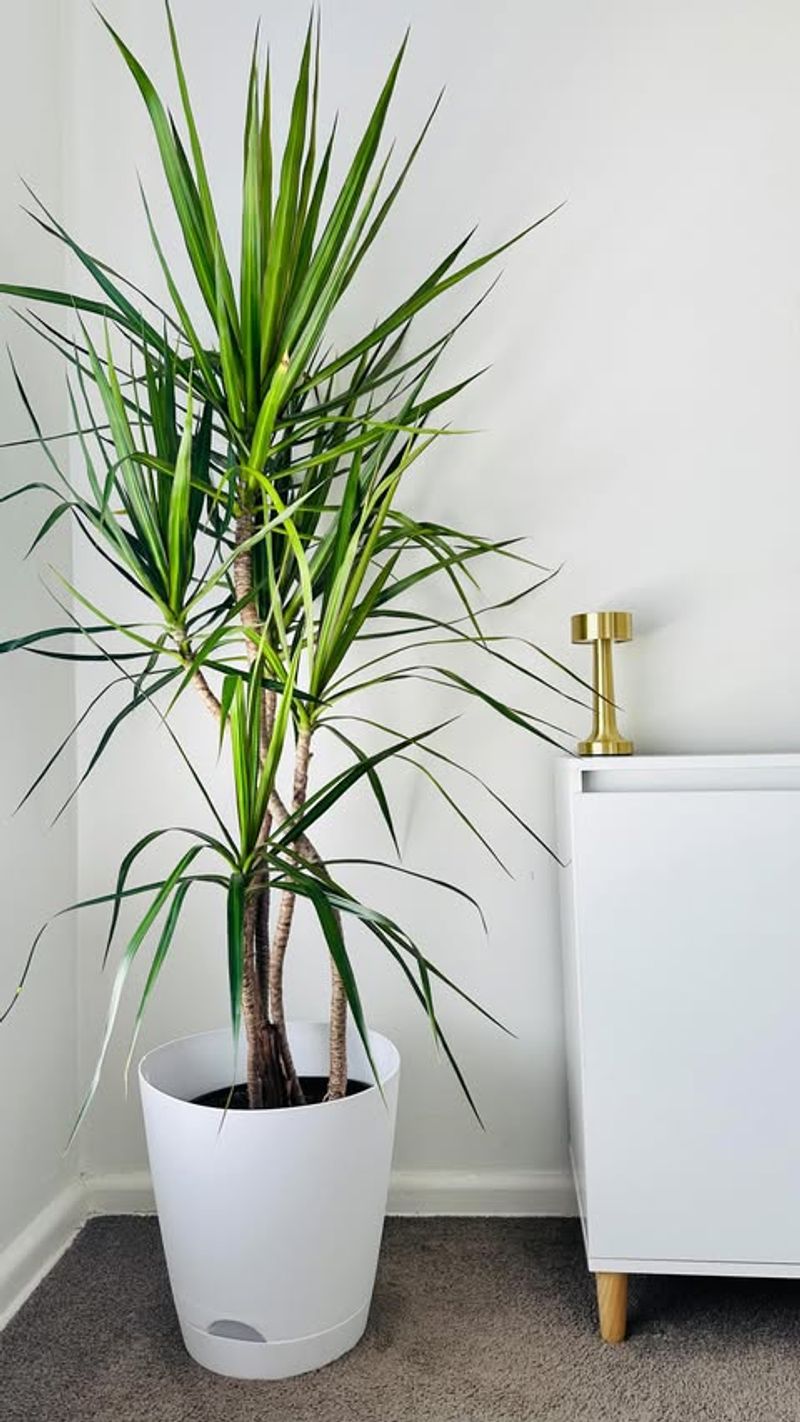Breathing clean air inside your home matters more than you might think, especially during Oregon’s rainy months when windows stay closed. Indoor air can actually be more polluted than outdoor air, filled with dust, chemicals, and other invisible irritants.
Luckily, certain houseplants act like natural air filters, removing toxins while adding life and color to your space.
1. Snake Plant (Sansevieria)
This hardy survivor thrives on neglect, making it perfect for busy Oregon families. Snake plants release oxygen at night, unlike most plants, so they’re ideal bedroom companions that work while you sleep.
They tolerate low light and infrequent watering, which suits Oregon’s gray winter days perfectly. NASA studies found they remove formaldehyde, benzene, and other nasty chemicals from indoor air.
Place one in your bedroom or bathroom for round-the-clock air cleaning.
2. Spider Plant (Chlorophytum comosum)
With cascading green and white striped leaves, spider plants look stunning in hanging baskets near Oregon windows. They’re practically indestructible and produce adorable baby plantlets that dangle like spiders on webs.
Research shows they combat carbon monoxide and xylene, common pollutants in homes with gas stoves or attached garages. Water them regularly and watch them multiply—you’ll soon have extras to share with neighbors.
They prefer bright, indirect light but adapt to almost any condition.
3. Peace Lily (Spathiphyllum)
Elegant white blooms emerge from glossy dark leaves, bringing sophistication to any Oregon room. Peace lilies actually tell you when they’re thirsty by drooping dramatically, then perk right back up after watering.
They excel at removing mold spores from the air, which matters in Oregon’s damp climate where mildew loves to grow. These beauties prefer shade and consistent moisture, thriving in bathrooms or kitchens.
Just keep them away from curious pets since they’re toxic if eaten.
4. Boston Fern (Nephrolepis exaltata)
Feathery fronds create a lush, forest-like atmosphere that feels right at home in the Pacific Northwest. Boston ferns act as natural humidifiers, adding moisture back into dry indoor air during heating season.
They’re champion air purifiers, especially effective against formaldehyde found in pressed wood furniture and flooring. These ferns demand consistent moisture and humidity, so mist them regularly or place them on pebble trays filled with water.
Hang them in bright, indirect light for best results.
5. Rubber Plant (Ficus elastica)
Bold, glossy leaves in deep burgundy or green make rubber plants striking focal points in Oregon living rooms. They’re low-maintenance champions that grow impressively tall with minimal fuss, eventually becoming small indoor trees.
Studies reveal they’re excellent at removing airborne bacteria and mold spores while tackling formaldehyde from household products. Wipe their large leaves monthly to maximize their air-cleaning abilities and keep them looking shiny.
They prefer bright, filtered light and moderate watering when soil feels dry.
6. Pothos (Epipremnum aureum)
Trailing vines with heart-shaped leaves grow like crazy, creating living curtains of green and gold. Pothos ranks among the easiest houseplants to grow, surviving forgotten waterings and dim corners without complaint.
It tackles formaldehyde, benzene, and carbon monoxide with impressive efficiency. Oregonians love pothos because it thrives in the state’s naturally humid air and tolerates our long, dark winters beautifully.
Let it trail from shelves or train it up moss poles for vertical interest in any room.
7. Aloe Vera
Spiky succulent leaves contain healing gel that soothes burns, making this plant both decorative and practical. Aloe vera removes formaldehyde and benzene while requiring minimal attention—just occasional watering when soil dries completely.
It loves Oregon’s sunny windowsills, especially facing south or west where it soaks up precious winter light. Brown leaf tips signal too much water, while thin leaves mean it needs more sun.
Keep one in your kitchen for easy access to fresh aloe gel for minor cooking burns.
8. English Ivy (Hedera helix)
Cascading ivy vines bring classic charm to Oregon homes while working overtime to purify indoor air. Research confirms English ivy reduces airborne fecal particles and mold by astonishing amounts, making it perfect for bathrooms.
It prefers cooler temperatures and consistent moisture, which matches Oregon’s climate beautifully. Train it around windows, let it spill from hanging baskets, or grow it up small trellises for architectural interest.
Keep soil moist but not soggy, and provide bright, indirect light for healthiest growth.
9. Dracaena (Dracaena marginata)
Spiky leaves topped with red edges grow from slender, woody stems that add tropical flair to Oregon interiors. Dracaena varieties remove trichloroethylene, xylene, and formaldehyde—chemicals lurking in varnishes, paints, and cleaning products.
They tolerate low light and irregular watering, forgiving busy homeowners who sometimes forget their plants. Fluoride in tap water can cause brown leaf tips, so use filtered or rainwater when possible.
Place them in corners where their dramatic height creates visual impact and cleaner air.

